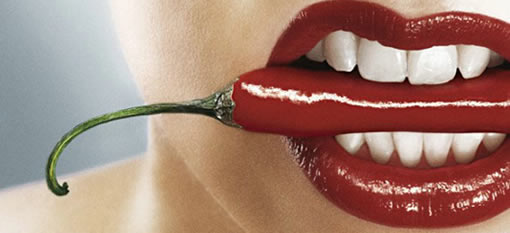Do you ever wonder why so many people automatically reach for a beer to go with African, Asian, or Caribbean foods? Answer: Beer is refreshing, and it does not clash with the many feisty, fiery flavors of chilies, herbs, spices and sauces that are the signature of these many and varied cuisines. But don’t put away your wine glasses just yet!
Depending on your preferences you can join in and compliment the spice and heat flavors by pairing with a dry, spicy wine or try to contrast with a sweeter wine.
1. Avoid Oak and High Alcohol
The wines most suited to this spectrum of flavors are wines that are medium to low in alcohol, wines that are refreshing, and wines with crisp acidity. Alcohol tends to negatively accentuate heat, whereas crisp acidity provides an enhancing contrast to both ‘heat’ and ‘richness’, while also lifting the many layers of flavor in the dish. Just think how often we squeeze lemon juice over a finished dish to brighten the flavors.
Little or no oak treatment is another rule I adhere to when choosing a white wine. Heavy oak dominates and can really dumb down the flavors.
2. Favor Fruity, Aromatic and Off-Dry Wines
Fruity, aromatic and off-dry whites are some of the best options to consider. They are already well-recognized natural allies at the Asian table. Sweetness from the residual sugar in off-dry wines offers a contrast, and balances the heat and spicy flavors. The sweetness also serves to showcase the many different flavors in the dish.
Similarly, fruity and aromatic whites are excellent candidates. While dry, these wines can give the impression of sweetness that works to balance and compliment heat and spice.
3. Spice It Up with Crisp, Lighter Red Wines
For red wines, the things to watch out for are alcohol and tannin. I find that low to medium tannin wines work best, as wines with a lot of tannin can accentuate bitterness, as well as overpower the dish. As a rule, look for reds that are fruitier and/or spicy in style and have a good level of acidity.
So that’s the theory part and now for some practical application! When faced with an array of bottles on a wine store shelf? How do I know which ones have the characteristics I am looking for?
more on thekitchn.com




